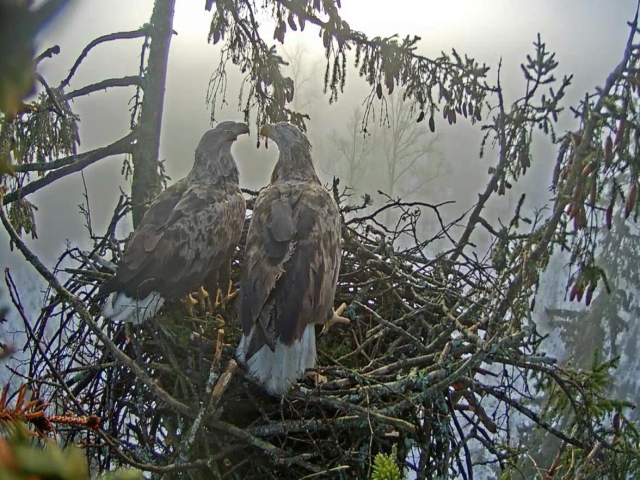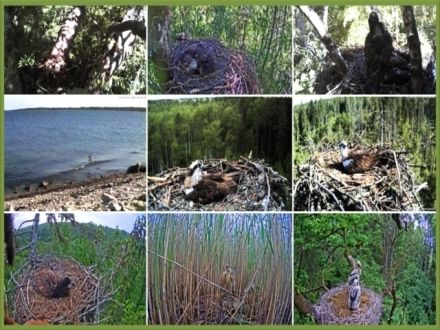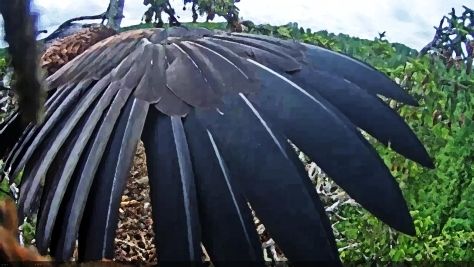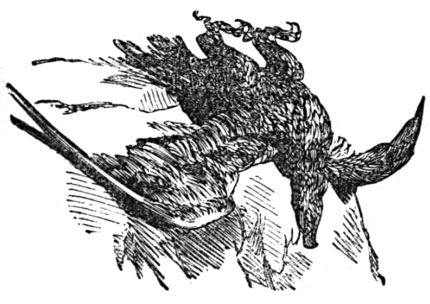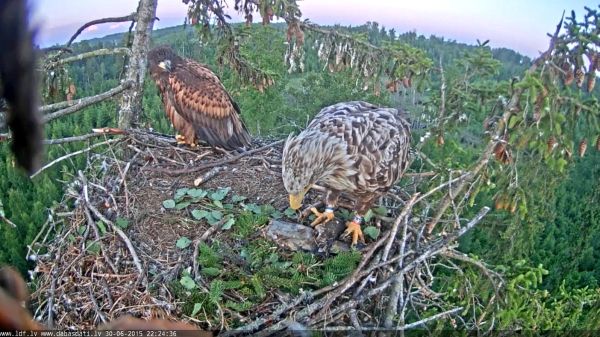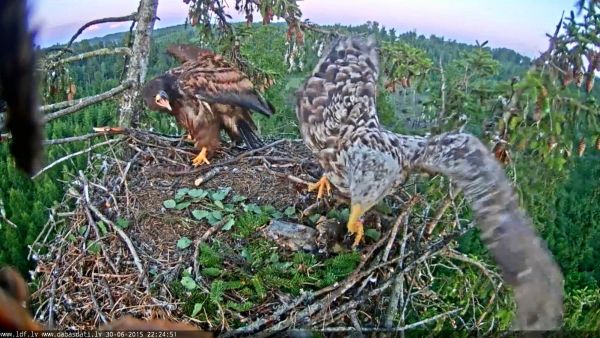Isle of Skye: RSPB report highlights importance of wildlife to Skye economy
Following a survey of visitors to the island, RSPB Scotland has issued an economic impact assessment which indicates that Skye’s tourism businesses are receiving a significant boost from visitors hoping to see some of the island’s charismatic wildlife. In particular, Skye seems to be benefiting from its growing reputation as a place to see sea eagles.
Dr Alison MacLennan, RPSB Scotland’s conservation officer for Skye and Wester Ross, said, “The number of people visiting the island hoping to see sea eagles has steadily increased year on year over the past 10 years. We have had a tremendous demand for our sea eagle guides, produced as part of the Heritage Lottery Fund-supported SEEVIEWS project, which indicate where the birds can be seen and how to identify them. And, of course, a number of businesses have been started in recent years on Skye, to cater for the increasing demand to see these magnificent birds in the wild, with wildlife guides and tour boats now operate from many locations around the island.”
The report indicates the value of wildlife tourism on the island is worth nearly 200 jobs with sea eagles, which have been heavily profiled on TV in recent years, being particularly effective in attracting visitors.
Dr MacLennan said that in order to cater for the interest, RSPB Scotland have partnered with Forestry Commission Scotland to trial a sea eagle viewing facility at the Commission’s site at Kylerhea. She said, “We have been overwhelmed by the positive response we are receiving for our Date with Nature project at Kylerhea. It is a brilliant location, overlooking the narrows that separate the island from the mainland, where visitors are able to experience, at first hand, all the wonderful wildlife that can be seen there. Otter, seals, dolphins, porpoises and seabirds are all regular if not daily occurrences.. The star of the show is, of course, Victor the sea eagle who regularly turns out to entertain the visitors while he goes about stealing or catching fish to feed his off-spring.”

Loch Coruisk, Isle of Skye. Sidney Richard Percy, 1874, public domain
The Kylerhea viewing facility is manned from Tuesday to Saturday by Andy Law and Jake Butcher, both local residents, who are based at a new hide purpose-built by the Forestry Commission. Dr MacLennan said, “Many visitors travel across the narrows using the ferry so they have an opportunity to enjoy the total experience from the heart of where the action takes place as well as viewing it from the shelter of the hide. But whether you are in the hide or on the water, it is awe inspiring to watch Victor catch a fish in mid air as the gull that he is pursuing decides it is safer to give up its meal than end up being the meal itself!
“We are very grateful for the support of Forestry Commission Scotland which shares our vision of encouraging both visitors and local residents to experience the wonderful wildlife that exists on our doorstep here on Skye. It is very encouraging that the growing wildlife interest, as demonstrated by this economic report, is also benefiting local businesses and creating sustainable employment for local people.”
Text: RSPB press release, 31 May 2015
Photo: Martin Mecnarowski http://www.photomecan.eu/


 “White-tailed eagle project celebrates significant milestone: BBC Springwatch reveals 100th breeding pair on Hoy
“White-tailed eagle project celebrates significant milestone: BBC Springwatch reveals 100th breeding pair on Hoy

